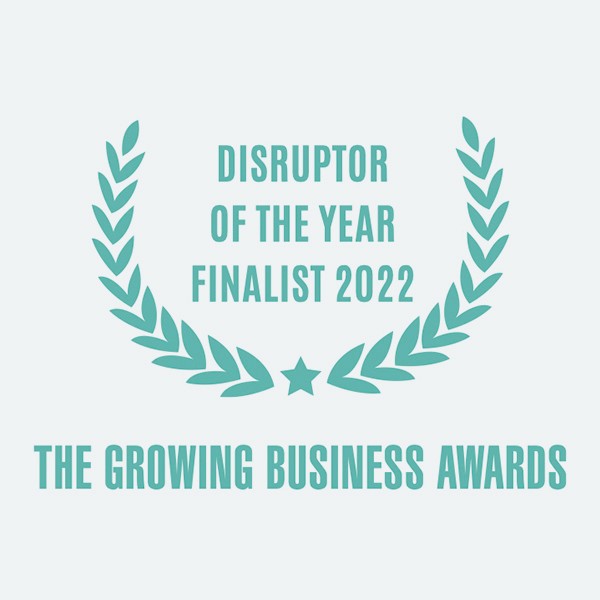

The 4 most common results you’ll get from your MVP and what they mean
14th February 2019
We have talked about MVP’s in previous articles, but just to quickly recap your MVP (minimum viable product) is an idea or product designed with only a basic set of features to help you test your ideas in your chosen market. It’s the cheapest and smartest way you can start learning and experimenting and allows your customers to use your product.
If you haven’t yet designed your MVP, have a read of our previous article that looks at 18 types of minimum viable product examples that you can use to test your idea and see if it’s profitable and scalable.
We meet a lot of clients who feel a bit lost once they have designed and built their MVP. Understanding how your customers perceived your product can be a tricky task. And if you can’t break down this feedback, how on earth will you develop your idea or product any further? In this article, we will be looking at how to break down this feedback into four customer categories, which will help you develop your minimum viable product into your dream product.
The Happy Customer
Your happy customers are those who love your product and wouldn’t change a thing about it — they are ready to buy it! If the majority of your customers are a lover of your product then that is great news! However, if only a small percentage of your customers love your product and fall into this category, it could mean you’ve been testing your product on the wrong target market or that your product isn’t quite good enough and you need to make some changes.
When you are entering a new market it’s crucial to find the right target customer. Considering reaching out to influencers who could best benefit from your solution — they could give you valuable feedback.
The Undecided Customer
This customer likes your product or idea but would like to see some additional features or adjustments before they buy it. This is a very common category and we see a lot of startups with undecided customers who like the product but want to see a few changes or additions made. This is by no means a failure, it’s a result. Learning why the customer does or doesn’t buy into your MVP will help you further improve or discard it. It will help you decipher what is most important to your customer, and what will make them buy your product.
The Confused Customer
The confused customer won’t understand your product right away, but eventually, after a detailed explanation, they will grasp the idea. However, they still don’t want to buy it.
This is a big problem, but it’s also the whole point of creating a basic product to test your ideas — imagine building the full product only to find this out a few weeks after launch. Now you just need to work out why these customers don’t want to buy your product and why they don’t understand the need for your solution.
Maybe your solution isn’t as beneficial as you think and maybe the problem you’re trying to fix doesn’t exist or isn’t enough of a pain point for people to feel the need to buy your product.
Another common reason for the confusion is poor communication. It could be that there is nothing wrong with your product and it’s an excellent idea but your message is all wrong. You need strong, clear, messaging and positioning behind your idea so your target customer understands the benefits and value they will get from buying your product.
If you find yourself with a lot of customers falling into this category you will need to work out what needs fixing: your product, or your marketing messages.
The Nonchalant Customer
Finally, you have the customers who don’t see a real need for your product. If you see more than 10% of your customers giving this kind of feedback it might be time to reconsider your idea. If your customers are falling into this category it is probably an indication that your product isn’t solving a problem for them.
Some startups might choose to push forward anyway and continue developing the product, but this is an extremely risky move. If the majority of your customers view your minimum viable product as a ‘nice to have’ rather than a ‘must have’ product, it could become much harder to sell.
It’s likely that these customers won’t value your product as much as an alternative ‘must have’ products on the market, and unfortunately, when times are hard and money is tight, people are less likely to buy ‘nice to have’ things.
Finding the right customers to test your MVP
Fist up, when it comes to finding customers who can test your product and give you that all-important feedback on your MVP, please don’t ask your friends and family. This happens so often with startups, we see it all the time.
Firstly you should be asking yourself; ‘Do these friends and family fit into my target market?’. More often than not the answer is no. And even if they do, your friends and family are never going to give brutally honest feedback, as they don’t want to upset you or hurt your feelings.
So make sure you get feedback from a group of people who match your defined audience in your marketing strategy and have experience buying products in your sector. If you’re trying to launch a new vegan product, you wouldn’t want just anyone’s opinion. You would want vegan customers who share the same values, and experience similar problems to the ones you are trying to solve. You would also want someone who has tried different vegan produce, someone who has something to compare your product too.
Getting feedback from just anyone could be very damaging to the development of your product and become very confusing. It’s irrelevant what anyone else thinks because they aren’t the ones you need to impress.
It’s really important to get this right, Having the right sample of people in your research will affect the quality of the feedback you receive, and the better quality the feedback the better it will help you develop your idea into a ‘must have’ product.
Responding to your feedback
Try not to feel too despondent if the feedback you receive isn’t what you were hoping for. That’s the whole point of creating a minimum viable product. It’s not supposed to be something you create once and then ‘voila!’ the product is done. It’s a learning and development process so you can produce the best product you possibly can that finds a solution to a beneficial problem that isn’t currently being solved.
You should expect to go through a number of MVPs before you arrive at a product ready for the market.
Keep up to date with what we’re up to via email






Copyright ©Robot Mascot Ltd. All rights reserved.





